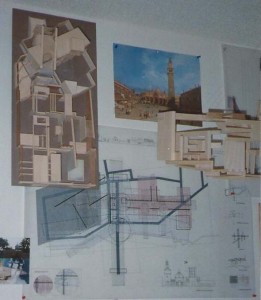Here is a short list of my favorite nonprofit management and technology books that are out right now. Don’t miss them!
The Networked Nonprofit: Connecting with Social Media to Drive Change
Beth Kanter (Author), Allison Fine (Author), Randi Zuckerberg (Foreword)
http://www.bethkanter.org/the-networked-nonprofit/
In their book, The Networked Nonprofit, Beth Kanter and Allison Fine write, “Networked Nonprofits work as social networks, not just in them.” According to Kanter and Fine, by connecting individuals with common interests and goals, nonprofits create an ecosystem of organizations and people eager to help. And by utilizing “free agents” – individuals working outside the organization who can organize and raise funds – nonprofits can capitalize on the power of social media to get their message out.
Switch: How to Change Things When Change Is Hard
Chip Heath (Author), Dan Heath (Author)
http://www.heathbrothers.com/switch/
According the Heath brothers, change is NOT a four letter word! During his plenary presentation at the 2011 Nonprofit Technology Conference (#11NTC) Dan Heath described the metaphor of the elephant (unconscious/emotional brain) vs. the rider (rational/conscious brain) used in this book he co-wrote with his brother and discussed how nonprofit organizations can use the “elephant” as a fuel for change: Direct the rider. Motivate the elephant. Shape the path.
YOU and Your Nonprofit
Norman Olshansky and Linda Lysakowski, Editors, with 43 contributing authors
http://bit.ly/iHpQoP
Heather Burton, Director, Product Marketing, Nonprofit Solutions, recently was published in this book, YOU and Your Nonprofit. Her chapter talks about how to achieve the “dream board” everybody wants. It’s about understanding not only the long-term vision, but also the current reality and the gaps between the two, and then setting the right priorities at the right time to begin closing those gaps. All the proceeds from purchasing from this direct link will benefit, BookSpring! YOU and Your Nonprofit Use this code and save 25% off. CODE: CCPRESS423
-Stacy



